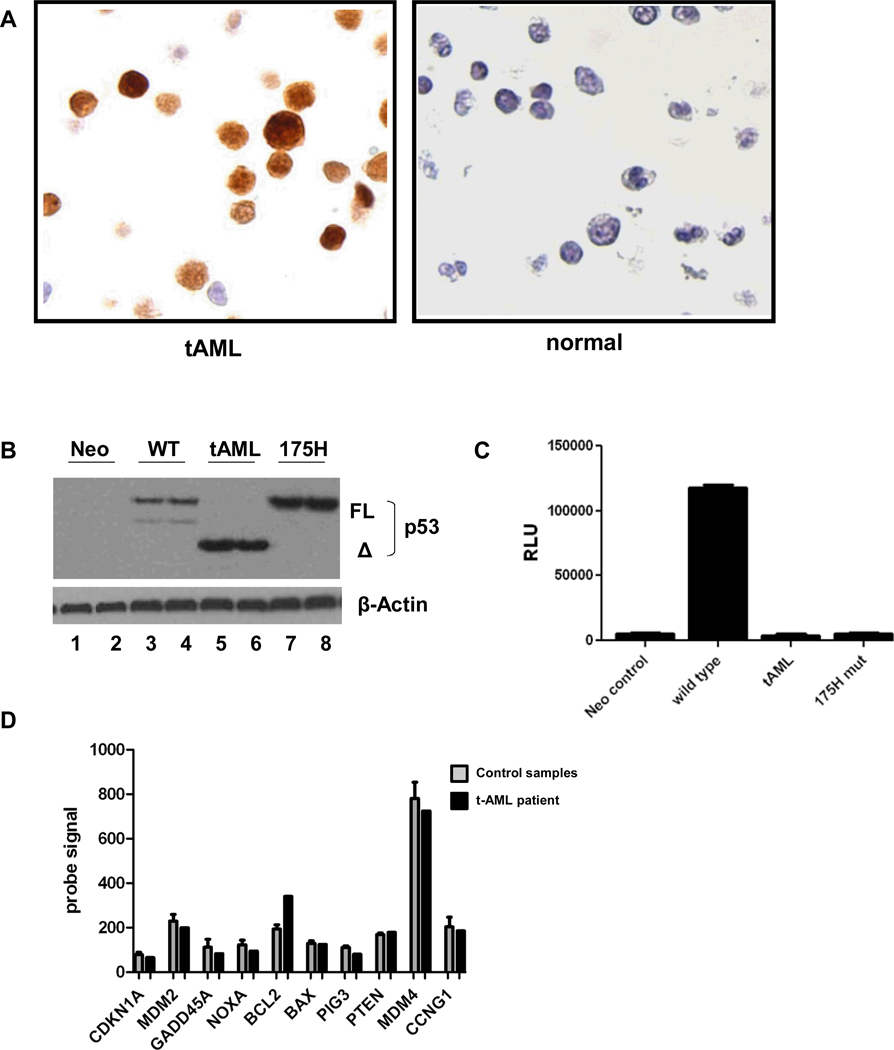Figure 2. The TP53 deletion allele produces a TP53 protein lacking transcriptional activity.
A. Immunostaining for TP53 of bone marrow from our patient or a healthy donor. Original magnification 40X. B. Human SaOS2 cells were transfected in duplicate with 250 ng wild-type TP53-responsive p50-2Luc promoter-reporter and either 100 ng CMV-Neo (Neo; negative control without TP53 expression), wild-type TP53 (WT), t-AML patient’s TP53 (tAML) or hot spot DNA binding mutant p53-R175H (175H; known non-binding mutant control). Expression levels of TP53 protein were determined by Western blot. “FL” refers to the full-length protein, and “Δ” is the mutant t-AML patient’s protein. Blots were probed for β-actin as a loading control. C. Transactivation of the TP53-responsive p50-2Luc promoter, represented as relative light units (RLU), was determined 48 hours after transfection. Similar results were obtained with transfection of a higher amount (1µg) of the TP53 expression constructs (data not shown). D. Expression of well-defined TP53 target genes as determined by RNA expression profiling using Affymetrix Exon 1.0 arrays. The probe signal value for the t-AML sample (black bars) and the mean signal ± SEM of 6 AML samples without TP53 mutations (grey bars) are shown.

